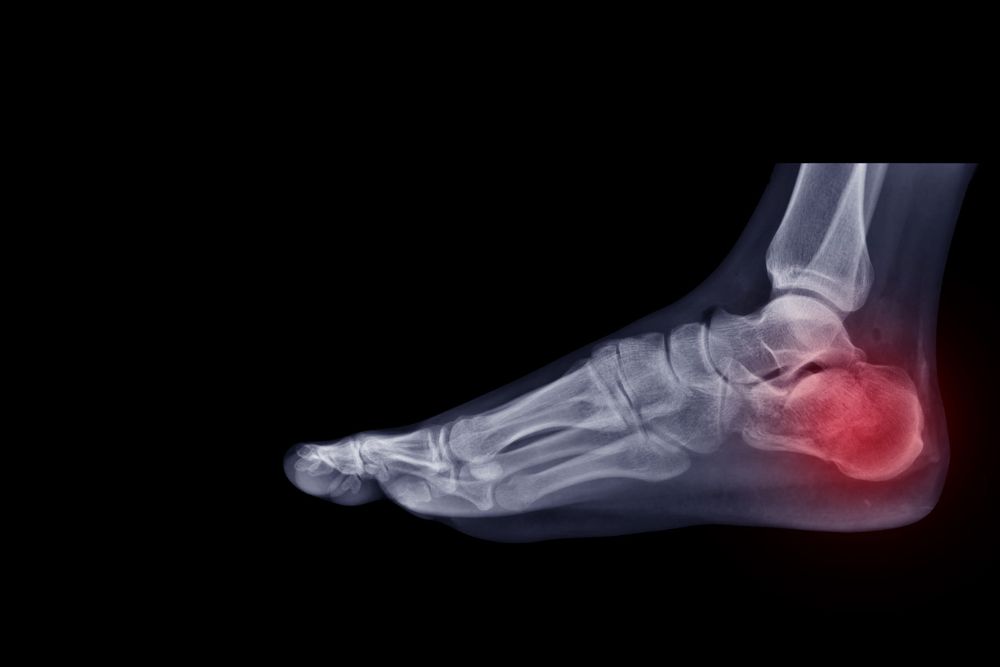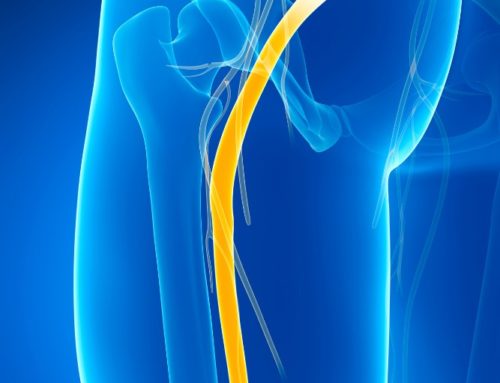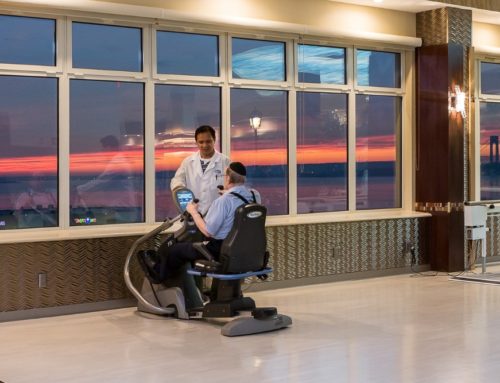A broken ankle can be very painful and vary in severity and complexity, so, care and the treatment approach will be tailored to the specific type of fracture. When dealing with a fractured ankle, it’s important to prioritize your recovery and follow the instructions carefully to prevent further complications.
Your care instructions include things to do and also those you should avoid doing. Following them closely would help you minimize the risk of long-term issues. Make sure you follow them closely. Your doctor or physical therapist will provide updates on your progress as you continue with the treatment and rehab for your fracture. Let’s see some of the things you should avoid doing.

A Broken Ankle – Things to Avoid
As a fractured ankle potentially could lead to further complications, it is important to prevent them by avoiding doing certain things. Find out more about these things to prevent them.
Neglecting prompt treatment
Don’t wait to seek medical treatment if you suspect you have a broken ankle. Seeking care and treatment can help to prevent further damage and promote faster healing. In severe cases, surgery is necessary. Your treatment will depend on how complicated your fracture is.
The duration of treatment can range from several weeks to several months, with ongoing monitoring and adjustments to the treatment plan as needed. It’s important to follow care recommendations closely and to be patient with the healing process.
Rushing recovery
Rest and don’t rush your recovery or try to get back on your feet prematurely. You may end up with more problems and exacerbate your situation. Ignoring pain and swelling and attempting to walk or bear weight on a broken ankle can worsen the injury and delay healing. It’s important to immobilize the ankle.
Pain and swelling are common symptoms of a fractured ankle. Ignoring these symptoms or trying to tough it out can lead to further complications and delayed healing leading to chronic stiffness or other issues.
Also, if your ankle is immobilized with a splint or cast, do not attempt to remove it yourself without medical approval. Improper removal can cause further injury or delay healing.
Avoid engaging in strenuous activities or sports that put pressure on the injured ankle until it has fully healed. Doing so can exacerbate the injury and prolong recovery time.
Neglecting support devices
One critical mistake to avoid with a broken ankle, aside from those outlined in the care instructions, is neglecting to use proper support devices like crutches or a wheelchair to avoid putting weight on the injured ankle prematurely. This can further damage the ankle and impede the healing process.
Weight on the ankle
Avoid putting any weight on the broken ankle until it has been properly evaluated and treated. Using crutches or a wheelchair may be necessary to avoid further injury. As tough as it can be to do nothing after the breakage and it can take longer, even months, to get fully recovered after a broken ankle, you should never put weight on it before full recovery.
Not elevating the ankle
If you don’t elevate your ankle after an injury above the heart, several potential issues may arise. When you elevate the injured ankle, gravity helps to reduce fluid accumulation in the affected area. Without elevation, swelling may persist or even worsen, causing discomfort and delaying the healing process.
Swelling can impede the body’s natural healing process by inhibiting blood flow and nutrient delivery to the injured area. Delayed healing may prolong recovery time and increase the risk of complications after a broken ankle.
Neglecting rehab
Complications after a fractured ankle is very common and can last for many months. After your treatment, make sure you don’t neglect rehabilitation therapies. Once your ankle has healed sufficiently, it will be important to follow your doctor or physical therapist’s rehabilitation plan. Neglecting rehabilitation therapy exercises can lead to weakness, stiffness, and decreased range of motion in the ankle and other long-term issues.
Rehabilitation is very important following the initial treatment of a broken ankle to fully restore movement and mobility. Without it, issues like persistent pain, inflammation, and weakness may hinder walking and engaging in physical activities.
Physical therapy helps to build muscle strength, improve blood circulation to the injured site, and support effective healing. If you decline to engage in physical therapy, your recovery process may be prolonged.
Also don’t skip your follow-up appointments. Seeing your doctor is important for monitoring your progress and ensuring that your broken ankle is healing properly. Skipping these appointments can result in missed opportunities to address any complications or issues that may arise during the healing process.
This content comprises informative and educational resources only and can not be considered as a substitute for professional health or medical guidance. Reliance on any information provided in this article is solely at your own risk. If you have any inquiries or apprehensions about your medical condition or health goals, talk with a licensed physician or healthcare provider.






Leave A Comment